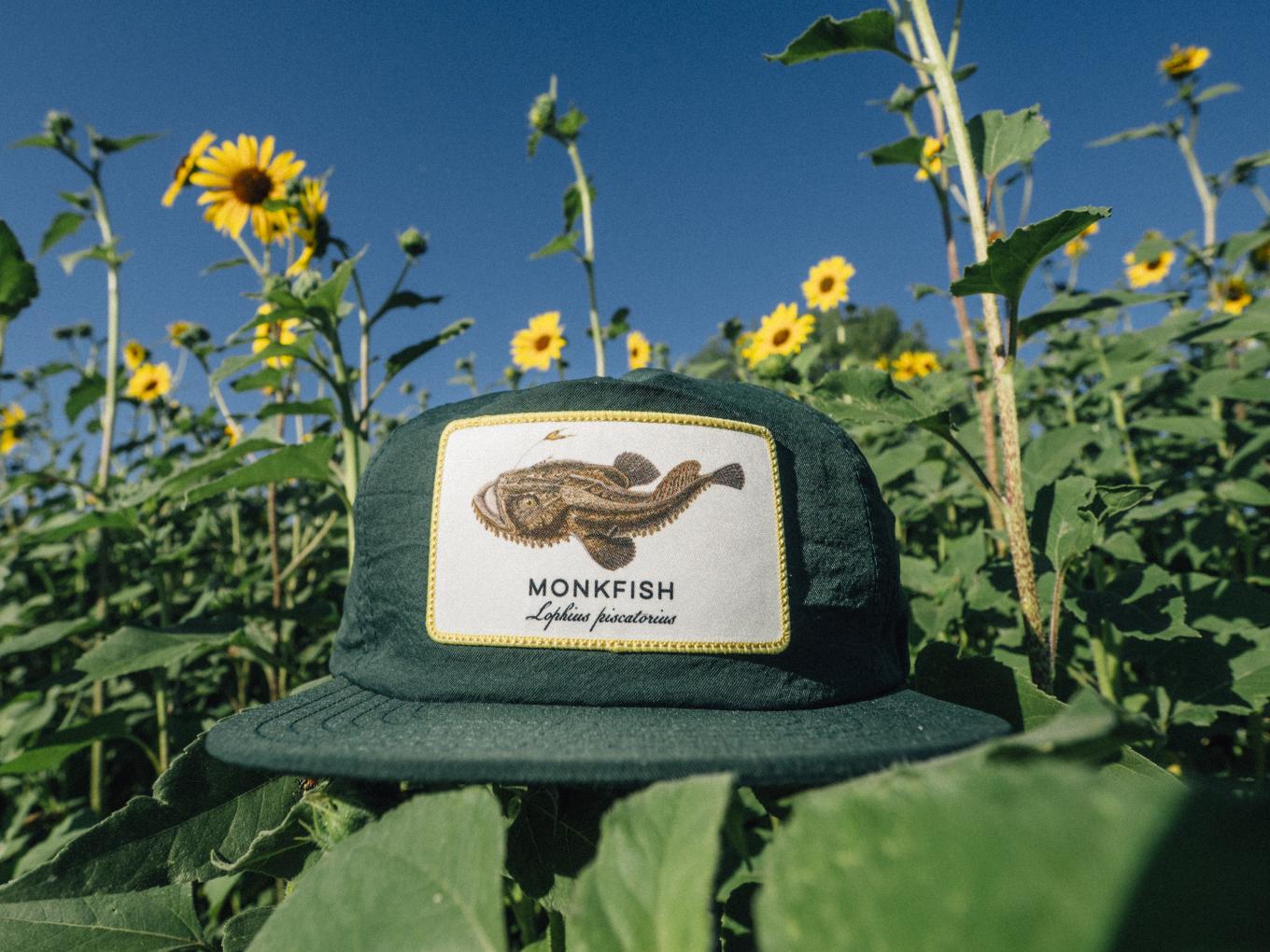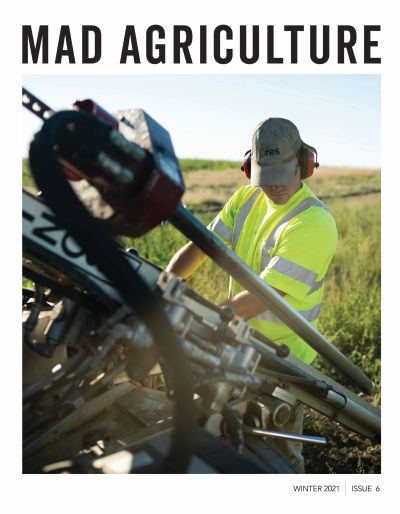
The Mad Agriculture Journal
Monkfish
Published on
November 12, 2021
Written by
Philip Taylor
Photos by
Jane Cavagnero
I first ate a monkfish at a restaurant near Newport, Rhode Island on the suggestion of the server. The fish was wholly unrecognizable as a typical fish. At the time, I had no idea what I’d ordered. When it arrived, served with potatoes, I recognized it as a denizen of the deep. I could hear in my mind, David Attenborough’s voice saying “In the abyss of this Blue Planet, where sunlight does not come, we find strange and terrible creatures lurking…”
I researched afterward, while sitting in Stephen Porder’s laboratory at Brown University (I was supposed to be calculating aseptic gaseous loss for a rainforest watershed), that monkfish are a common angler fish that live on the bottom of the ocean. I was immediately perplexed by how this crazy creature got to my plate at $14.95.

I began imagining where this thing lived. It took me a few minutes of Googling to learn that these were harvested with bottom-trawlers, one the most destructive form of fishing that exists. Yet, most resources say that these creatures are sustainable seafood choice because of their abundance. Hmmm.
Tastes in seafood are notoriously driven by market availability. What was once an undesirable bottom dweller becomes haute cuisine in short order when previously beloved species are overfished and unavailable. Patagonian toothfish became Chilean sea bass. Slimeheads became orange roughy.
These species pay dearly for their new-found status as preferred dishes. Many have been over-harvested, a huge problem for slowly reproducing species such as the orange roughy and the monkfish. Our decisions in eating touch the furthest reaches of the planet.
